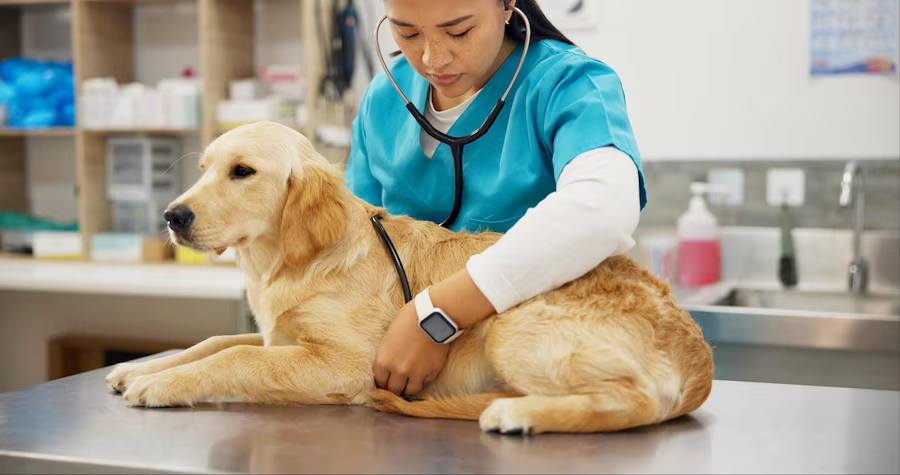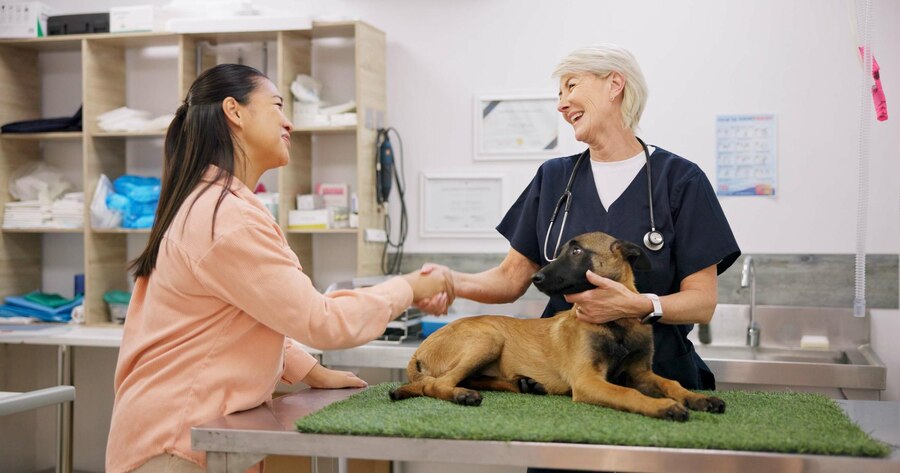Introduction to Pet Insurance
Pet Insurance ensuring the well-being of your furry companions goes beyond just providing them with love and care. It involves safeguarding their health and your finances through pet insurance. If you’re a pet owner who wants to be prepared for the unexpected, understanding pet insurance is crucial. This blog post aims to shed light on the world of pet insurance, its types, benefits, and how it can be a game-changer for you and your pets. Whether you’re new to the concept or looking to deepen your understanding, we’ve got you covered.
Pet insurance serves as a safety net, offering peace of mind when your pet faces health challenges or accidents. It’s akin to health insurance for humans, covering a range of medical expenses that could otherwise become financially overwhelming. Our furry friends are beloved members of our families, and we want the best care possible without draining our savings.
Throughout this article, we will explore various facets of pet insurance, including the types of coverage available, the tangible benefits it offers, real-life examples, and tips on getting the most out of your policy. By the end of this post, you’ll have a comprehensive understanding of pet insurance and feel empowered to make informed decisions for your pets’ welfare.
Types of Pet Insurance
When considering pet insurance, it’s important to understand the different types available to suit your needs and budget. Primarily, pet insurance comes in two main forms: health and wellness coverage, and accident-only coverage. Each type serves distinct purposes, providing varying levels of protection tailored to your pet’s needs.
Health and wellness coverage is designed to address a broad spectrum of medical needs, including routine check-ups, vaccinations, and chronic conditions. This comprehensive coverage ensures that your pet receives consistent preventive care, which can lead to early detection and treatment of potential health issues. While this option tends to come with higher premiums, it provides comprehensive support for maintaining your pet’s health over time.
Accident-only coverage, as the name suggests, covers unexpected incidents such as injuries from accidents or emergencies. This type of insurance is often more affordable and is suitable for pet owners looking to protect themselves against sudden, unforeseen events that may require immediate medical attention. However, routine care is typically not included in this plan, making it essential to budget for regular check-ups separately.
Both types of pet insurance have their pros and cons, so it’s essential to evaluate your pet’s specific needs and your financial situation when choosing a policy. Some pet owners may prefer the peace of mind offered by comprehensive health and wellness coverage, while others may find accident-only coverage sufficient. Understanding these options will empower you to make an informed decision that aligns with both your pet’s welfare and your budget.
Benefits of Pet Insurance

Pet insurance brings numerous benefits that can significantly impact both your financial well-being and your pet’s health. One of the primary advantages is financial security. Veterinary bills can quickly add up, especially in emergencies or serious illnesses. With pet insurance, you can offset these costs, ensuring that your wallet isn’t a barrier to your pet getting the care they need.
Aside from financial relief, pet insurance offers emotional peace of mind. Knowing that you won’t have to make difficult decisions based on cost alone allows you to focus on your pet’s well-being. In critical moments, this assurance can alleviate stress and enable you to provide the best possible care for your furry friend without hesitation.
Furthermore, pet insurance encourages proactive pet care. Policies that include wellness coverage often cover preventive services like vaccinations and regular check-ups. This promotes early detection and treatment of health issues, which can lead to better outcomes for your pet. By investing in their health now, you reduce the risk of more severe and expensive problems down the line, enhancing your pet’s quality of life.
How Pet Insurance Works
Understanding how pet insurance functions is essential to maximizing its benefits. The process typically begins with selecting a plan that suits your pet’s needs and your budget. Once enrolled, you pay a monthly premium to maintain coverage. When your pet requires medical attention, you visit the veterinarian as usual, pay the bill, and then file a claim with your insurance provider.
Filing a claim involves submitting detailed invoices and medical records to demonstrate the necessity of the treatment. Once processed, the insurer reimburses you for covered expenses according to the terms of your policy. The reimbursement percentage varies depending on your plan, with some policies covering up to 90% of eligible costs.
It’s crucial to understand the specifics of your policy, including the deductible, co-payments, and any coverage limits. Some plans may have waiting periods for certain conditions or exclude pre-existing conditions. Familiarizing yourself with these details ensures you’re prepared for any financial responsibilities not covered by insurance.
Factors to Consider When Choosing Pet Insurance
Selecting the right pet insurance requires careful consideration of several factors. First and foremost, assess the cost. Premiums can vary significantly based on factors such as your pet’s age, breed, and location. It’s essential to balance affordability with the level of coverage you desire.
Coverage options play a pivotal role in your decision-making process. Evaluate what each plan covers, including illnesses, accidents, and routine care. Ensure that the policy aligns with your pet’s specific needs, accounting for any potential health risks associated with their breed or age.
Consider your pet’s breed and age when choosing insurance. Some breeds are predisposed to certain health conditions, which can influence the type of coverage you need. Additionally, younger pets typically have lower premiums, so enrolling them early can save you money in the long run.
Case Studies

Real-life experiences highlight the practical value of pet insurance. Take the case of Bella, a lively golden retriever. Her owner, Emily, enrolled her in a comprehensive pet insurance plan. When Bella unexpectedly developed hip dysplasia, the insurance covered the majority of her medical expenses, allowing Emily to afford the necessary surgeries and treatments without financial strain.
Then there’s Max, a curious cat known for his adventure-seeking nature. One day, he managed to injure himself while exploring the neighborhood. Thanks to accident-only insurance, Max’s owner, Jake, was able to cover the emergency veterinary bills, ensuring his feline friend received prompt care without breaking the bank.
These examples illustrate how pet insurance can be a lifesaver in times of need. It provides financial support that allows pet owners to prioritize their pets’ health and well-being, even when unexpected situations arise.
Tips for Using Pet Insurance Wisely
To make the most of your pet insurance, consider these practical tips. Firstly, read the fine print. Familiarize yourself with the policy terms, including coverage limits, exclusions, and waiting periods. Understanding these details will help you avoid surprises when filing a claim.
Regularly update your policy information to reflect any changes in your pet’s health or circumstances. If your pet develops a new condition or you move to a different location, notifying your insurer ensures your coverage remains relevant and effective.
Finally, keep thorough records of your pet’s medical history. This documentation is invaluable when filing claims, as it demonstrates the necessity of treatments and expedites the reimbursement process. Being organized and proactive ensures that you maximize the benefits of your .
Conclusion
serves as a valuable tool for safeguarding your pet’s health and your finances. By understanding its types, benefits, and how it operates, you can make informed decisions that prioritize your furry friend’s well-being. Whether you choose comprehensive health and wellness coverage or accident-only insurance, the peace of mind and financial security it offers are invaluable.







